I have a use-case where I need to spoof a white-listed Redirect URL locally when performing OAuth 2 authentication.
I'm running a very basic web-server coupled with a hosts file entry for the domain I'm spoofing. I'm able to correctly negotiate my tokens and return them to Paw, but Paw isn't picking up my access_token or refresh_token, it simply displays the raw response:
Here's my server code (with placeholders for sensitive data):
var http = require('http'),
request = require('request');
var PORT = 6109;
var server = http.createServer(function(req, res) {
var code = req.url.split('?')[1].split('=')[2];
request({
url: 'https://<access token URL>/oauth2/token?code=' + code,
method: 'POST',
form: {
'client_id': <client_id>,
'client_secret': <client_secret>,
'grant_type': 'authorization_code',
'redirect_uri': <spoofed redirect URL>
}
}, function(err, response, data) {
data = JSON.parse(data);
res.writeHead(200, {'Content-Type': 'application/json'});
res.write(JSON.stringify(data.result));
// I also tried this with the same end-result
// res.writeHead(200);
// res.write('access_token=' + data.result.access_token + '&token_type=' + data.result.token_type + '&refresh_token=' + data.result.refresh_token);
res.end();
});
});
server.listen(PORT, function() {
console.log('Server listening on port %d', PORT);
});
What am I missing? Why isn't Paw finding my tokens?
Here's my configuration for reference:
Some other noteworthy points:
- The OAuth provider is non-standard and flubs quite a few things from the spec (my proxy exists in part to patch up the non-standard bits)
- The domain for the Redirect URL is real, but the URL does not resolve (this is a part of the reason for the local hosts entry)
- I'm not showing this part of the flow, but I am correctly completing the authorization step prior to being given the
codevalue

